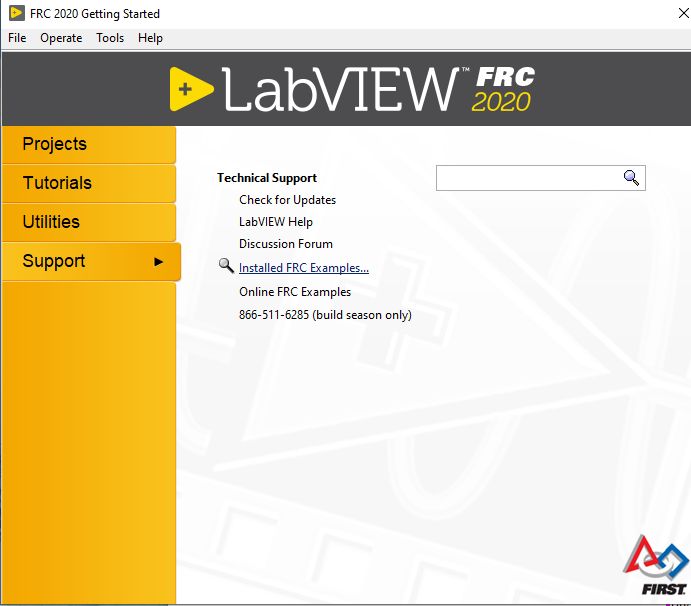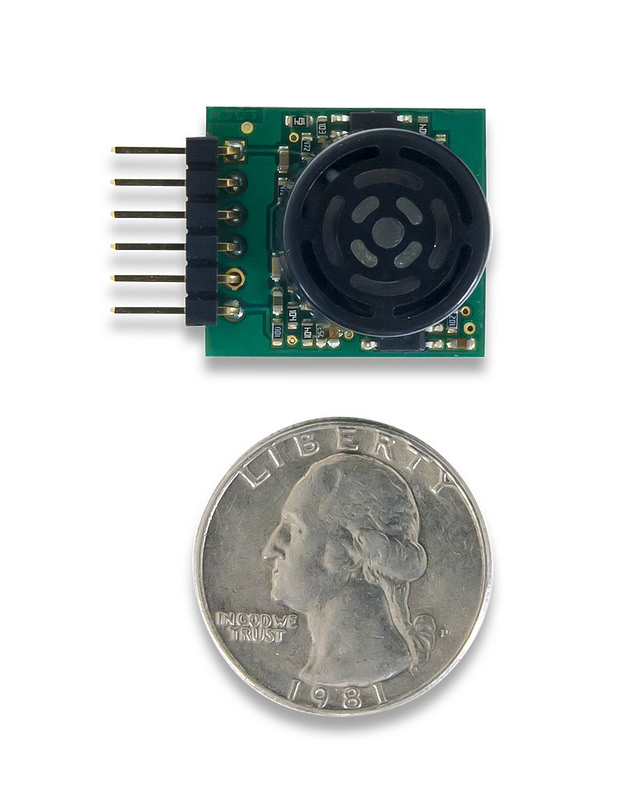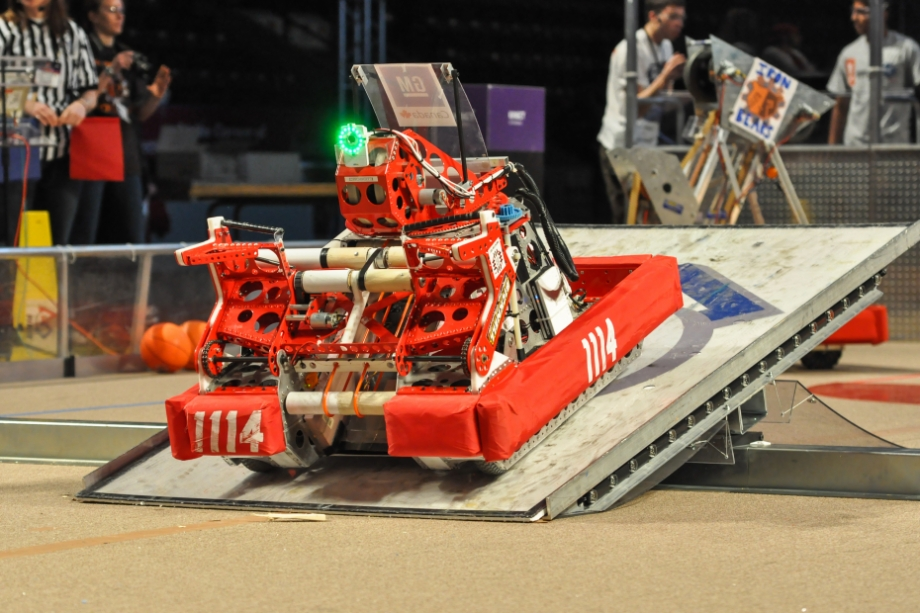

As of 2015, over 5,000 Nao units are in use in more than 50 countries. Nao robots have been used for research and education purposes in numerous academic institutions worldwide. Various upgrades to the Nao platform have since been released, including the 2011 Nao Next Gen and the 2014 Nao Evolution. It was released to institutions in 2008, and was made publicly available by 2011. The Nao Academics Edition was developed for universities and laboratories for research and education purposes.

Several versions of the robot have been released since 2008. The Nao was used in RoboCup 20, and the NaoV3R was chosen as the platform for the SPL at RoboCup 2010. On 15 August 2007, Nao replaced Sony's robot dog Aibo as the robot used in the RoboCup Standard Platform League (SPL), an international robot soccer competition. The robot's development began with the launch of Project Nao in 2004. Nao (pronounced now) is an autonomous, programmable humanoid robot developed by Aldebaran Robotics, a French robotics company headquartered in Paris, which was acquired by SoftBank Group in 2015 and rebranded as SoftBank Robotics. With progressively narrower beam angles, allowing this sensor to match the application.Nao robots in a Webots RoboCup soccer simulation. , Maxbotix LV-MaxSonar-EZ3 High Performance Sonar ModuleĪnd Maxbotix LV-MaxSonar-EZ4 High Performance Sonar Module Consequently, Maxbotix is also offering the Maxbotix LV-MaxSonar-EZ0 High Performance Sonar Module Many applications require different beam widths or different sensibility. Serial (0-5V), Analog voltage or PWM output.




 0 kommentar(er)
0 kommentar(er)
